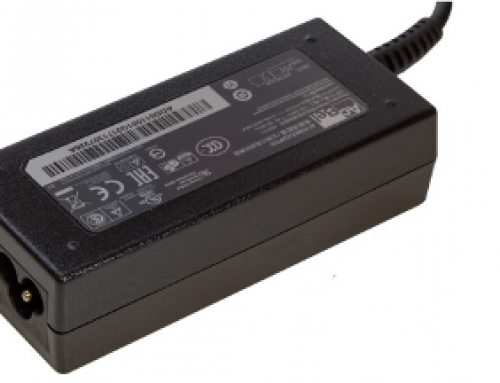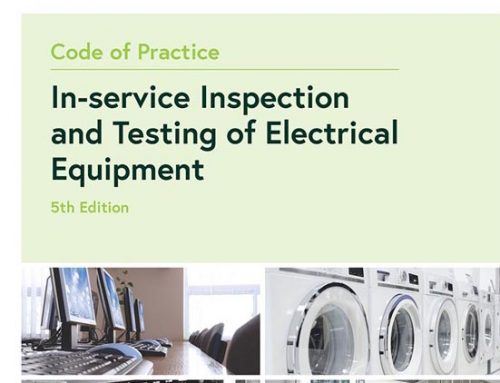Beyond the Code of Practice
Take a look at the video of this summer’s Portable Appliance Testing Trade Association’s discussion group “Beyond the Code of Practice”
This summer some of the Portable Appliance Testing Trade Association members got together in Nottingham for a discussion group around why the Code of Practice’s content is what it is.
The Code of Practice, issued by the Institute of Engineering and Technology is a book, for the In-Service Inspection and Testing of Electrical Equipment.
The Code of Practice is written for anyone who conducts any type of inspection and testing of electrical equipment, on a host of different types of appliances, including for electricians, maintenance engineers, PAT testers, other electrical equipment testers, and so on. The book covers the likes of portable equipment (with plugs), fixed equipment (without plugs), equipment that needs a PAT test, equipment that needs other kinds of testing, and so on.
If you follow social media groups (mainly on Facebook) and electrical forums you’ll notice that there is often arguments centred around the content of the Code of Practice, and especially about whether that particular topic is a rule, a law, guidance, suggestion, etc. and who came up with it, or why it is there and so on.
Often these arguments are caused by 2 major confusion pushers – the “CoP” is not a rule book, and it is not exclusively aimed at PAT testers.
Many people get confused by this; they think the CoP is for PAT testers, mainly stemming from it being the only major publication for the industry and the book used for guidance when studying for the only recognised industry qualification, the City and Guilds 2377.
The Code of Practice is not the Wiring Regulations – it is not a regulation that the masses must follow. Unlike the Wiring Regulations for electricians the COP is not a regulations guide for PAT testers, but merely a helpful guide so a competent person can carry out their work.
A regular bone of contention is that of fixed appliances or Microwave Emissions Testing – fixed appliances are mentioned in the book, and so it is understood that a PAT tester must test them, when this not the case. Where as the Microwave Emissions Test has been removed from the book (since the 4th edition) but still could be needed to be carried out in certain situations.
So when a microwave emissions test is not mentioned, but can still be carried out by the appropriate person and is accepted, why is it not accepted that a PAT tester doesn’t need to test a fixed appliance?
A fixed appliance is in the book because it is a member of the electrical appliance family, but the appliance is hard wired to the mains so only a person competent in testing on the mains should be testing such an appliance. To fully test a fixed appliance the appliance must be removed from the mains – this should only be done by a competent person; many PAT testers are not competent to do so, but this shouldn’t reflect badly on them. Some of the biggest/oldest/most well known PAT testing companies in the country still don’t offer fixed appliance testing as a service – they like others leave it to the electricians (and that is an article for another time).
The CoP is intended to help the reader understand what the need to do in order to help their client maintain safe electrical equipment, in order to meet the requirements of Health and Safety, and the British Standards for electrical equipment safety.
The aim of this discussion group was to provide background into why the Code of Practice is written as it is, and why it’s content is what it is in order to try to reduce some of these (heated) discussions and provide some new guidance.
Who better to ask to talk about this than a man that knows more about this subject than most, Product Standards and Compliance expert Jim Wallace.
Ever wondered where the Code of Practice gets some/most of its information from?
Product Standards and Compliance Expert Jim Wallace was invited by the Portable Appliance Testing Trade Association to give an expert view on why we, as PAT testers, work to the guidance that we do.
Jim Wallace, Chair of GAMBICA, is an expert in CE marking and UKCA marking of electrical equipment. Jim has over 30 years’ hands-on experience in product design and development of test and measurement instruments for medical and industrial applications that has given him an in-depth knowledge of the NPD process, from accurately capturing user requirements through to product certification and regulatory compliance.
Jim has for many years been involved in the standards making process; he has an in-depth knowledge and understanding of product standards, their application and interpretation to achieve conformity and the use of standards as a means of demonstrating compliance with regulatory requirements; so who better to ask?
In the summer of 2022 PATTA organised a seminar to discuss the background to the Code of Practice for Inspection and Testing of Electrical Equipment with guest speaker, industry expert Jim Wallace, and our very own PAT testing Expert Tim James.
Tim’s role in this discussion group shouldn’t be played down, as Standards Director for PATTA he brings his own very important views and knowledge of this subject to the table. As one of the content writers for the 5th edition of the CoP he was there at all the meetings when the content was discussed at length, so has a first hand understanding of why it was written as it was. Tim has been involved in the PAT Testing industry for more than 30 years, and covers the whole of the UK running courses in the subject as the ‘PAT Testing Expert’, for newbies to the industry, old hands and in-house for blue chip companies.
Tim sits on many panels in the UK, and represents the industry at regular meetings with government and other trade bodies where electrical safety is discussed in an attempt to improve our industry and electrical safety in general.
In this seminar, which you can view on YouTube, we take an in-depth look into the British Standards 50699 and 50678, and compare these to our current Code of Practice, highlighting the need that we as contractors should consider not just the guidance from the CoP book the requirements of the British Standards too.
You can watch both videos here; uploaded in two parts due to their length! Grab yourself a cuppa and settle down to watch the full session, recorded over 2 hours.
We will leave you to make your own conclusions, but hopes this goes some way to helping you understand why the Code of Practice is provided, and why it is what it is.



